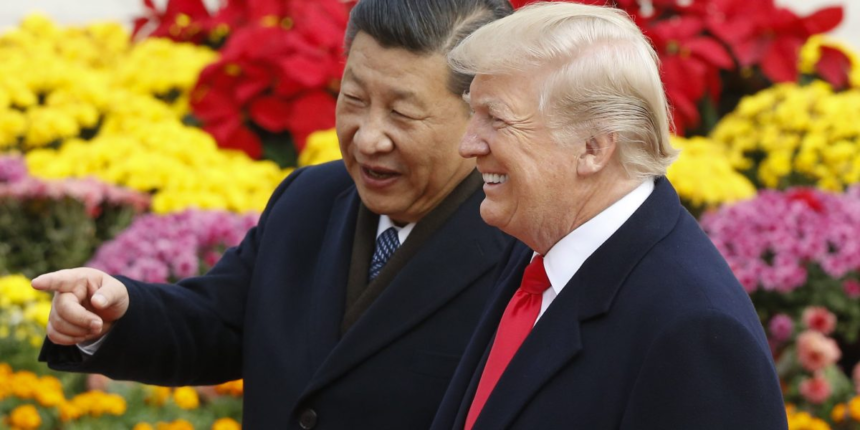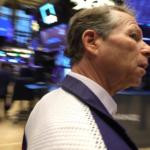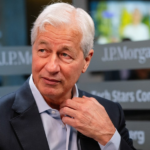Financial markets suffered a rerun of their swoon in April, when “Liberation Day” tariffs shocked global investors, signaling that his latest China duties may end up hurting the U.S. more than their intended target.
China has a stranglehold on rare earths, producing more than 90% of the world’s processed rare earths and rare earth magnets. That has served as a key source of leverage over the U.S.
The divergence between the dollar and gold is notable because stock market selloffs historically have sent investors to the dollar as a safe haven.
But just like in the fallout from Liberation Day, that dollar pattern didn’t hold, and gold instead was the preferred refuge from trade war chaos.
Brooks pointed out that the dollar had been stable in recent weeks even as gold prices soared, notching record high after record high. That ended with Friday’s China tariff announcement from Trump.
“This is now the second instance where markets are trading tariffs as backfiring on the US, not on the rest of the world,” he added.
Considering how stocks, currencies and gold reacted on Friday, Brooks said the overall picture is that the dollar actually looks more vulnerable now than it did in early April.
In particular, he pointed to how much the dollar fell when weighed alongside the steep drop in stocks, which ordinarily boosts the greenback amid a flight to safety.
“The fact that this didn’t happen and that gold prices rose more than on ‘Liberation Day’ is concerning,” Brooks warned. “The Dollar is not looking healthy.”
Before the tariff flare-up, U.S.-China trade talks had been progressing after Trump reached deals with the European Union, Japan, South Korea and other top trading partners.
But tensions remained, including on the issue of rare earths while the U.S. had moved to restrict other countries’ exports of semiconductor-related products to China.
Then on Thursday, China’s commerce ministry said that starting on Dec. 1 a license will be required for foreign companies to export products with more than 0.1% of rare earths from China or that are made with Chinese production technology.









